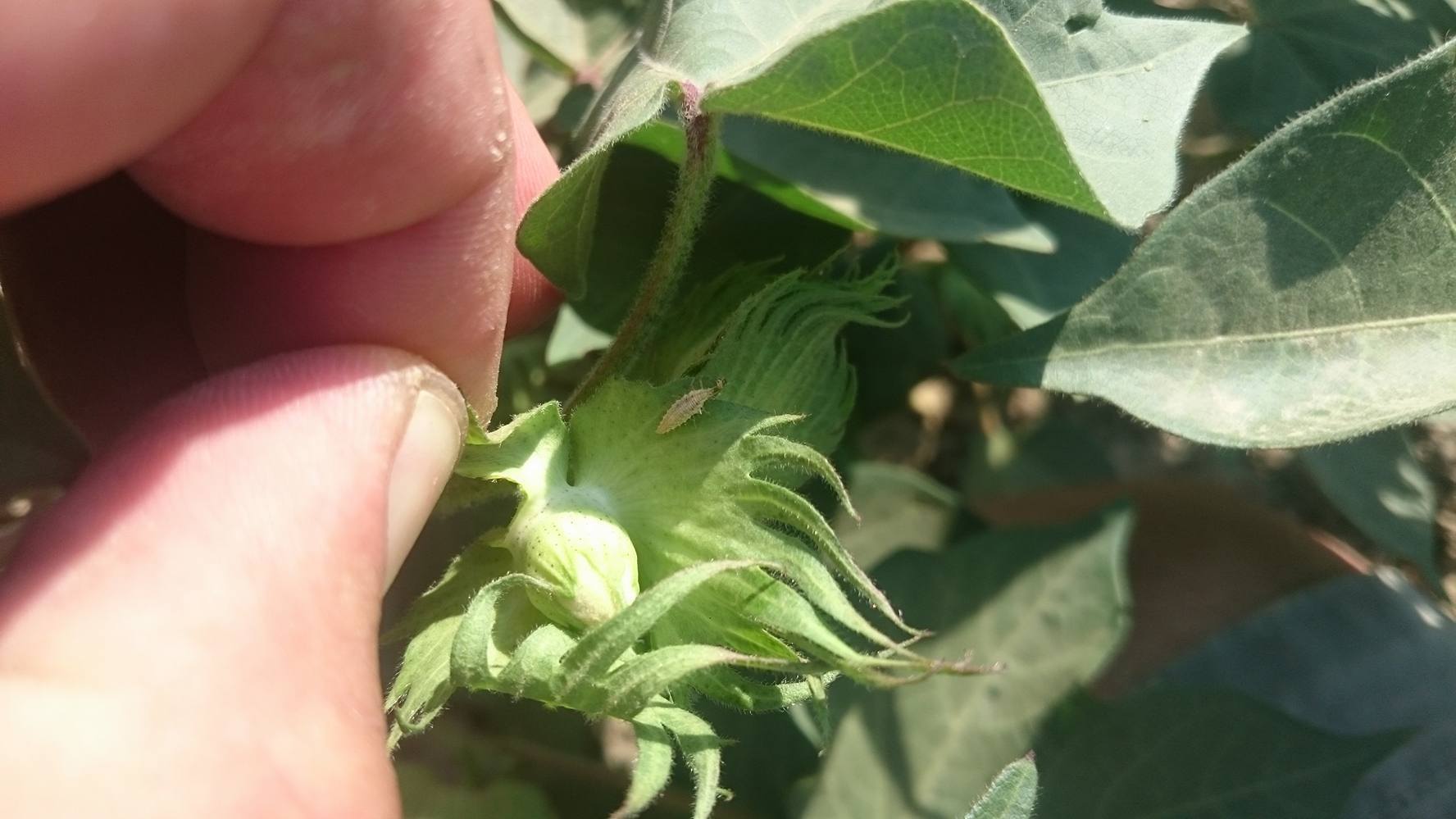Biological control is a method of controlling pests such as insects, mites, weeds and plant diseases using other organisms. It relies on predation, parasitism, herbivory, or other natural mechanisms, but typically also involves an active human management role. It can be an important component of integrated pest management (IPM) programs.
There are three basic types of biological pest control strategies: importation (sometimes called classical biological control), in which a natural enemy of a pest is introduced in the hope of achieving control; augmentation, in which locally-occurring natural enemies are bred and released to improve control; and conservation, in which measures are taken to increase natural enemies, such as by planting nectar-producing crop plants in the borders of rice fields.
Natural enemies of insect pests, also known as biological control agents, include predators, parasitoids, and pathogens. Biological control agents of plant diseases are most often referred to as antagonists. Biological control agents of weeds include seed predators, herbivores and plant pathogens.
Biological control can have side-effects on biodiversity through predation, parasitism, pathogenicity, competition, or other attacks on non-target species, especially when a species is introduced without thorough understanding of the possible consequences.


